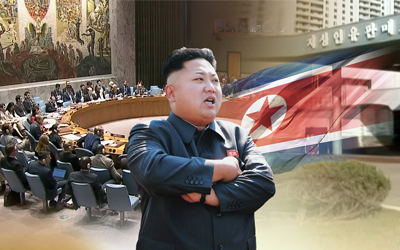Satellite imagery shows little evidence that new sanctions caused a shortage of petrol in North Korea, forcing North Koreans to stand in long lines at gas stations, a U.S. think tank said Thursday.
In September U.S. President Donald Trump tweeted that long gas lines were forming in North Korea, a remark that came after the U.N. Security Council imposed restrictions on the regime's oil imports over its nuclear test earlier that month.
The Center for Strategic and International Studies said Thursday that while satellite imagery is not enough to verify Trump's remark and similar claims that emerged as early as July, it does not show significant changes at six gas stations in Pyongyang.
One set of photos was taken on April 22, before speculation arose that China may be cutting oil supply to its neighbor. The other set was taken on Nov. 24.
"All the facilities examined appear to be in a relatively good state of repair and operational," the think tank said in a report compiled by North Korea expert Joseph Bermudez and Lisa Collins.
It also said there were no lines of vehicles queued for fueling, although individual cars and tracks could be seen at fuel pumps. Traffic patterns were "essentially unchanged" on and around the facilities.
"While the satellite imagery used in this analysis cannot determine whether the reports of long gas lines in Pyongyang or reports of dramatic fluctuations in gasoline and diesel fuel pricing that allegedly occurred during the July-September period are valid," the report said, "it does indicate that if they did occur they do not appear to have had any long-lasting effects upon either the facilities themselves or the general volume or pattern of vehicle traffic in the city." (Yonhap)


